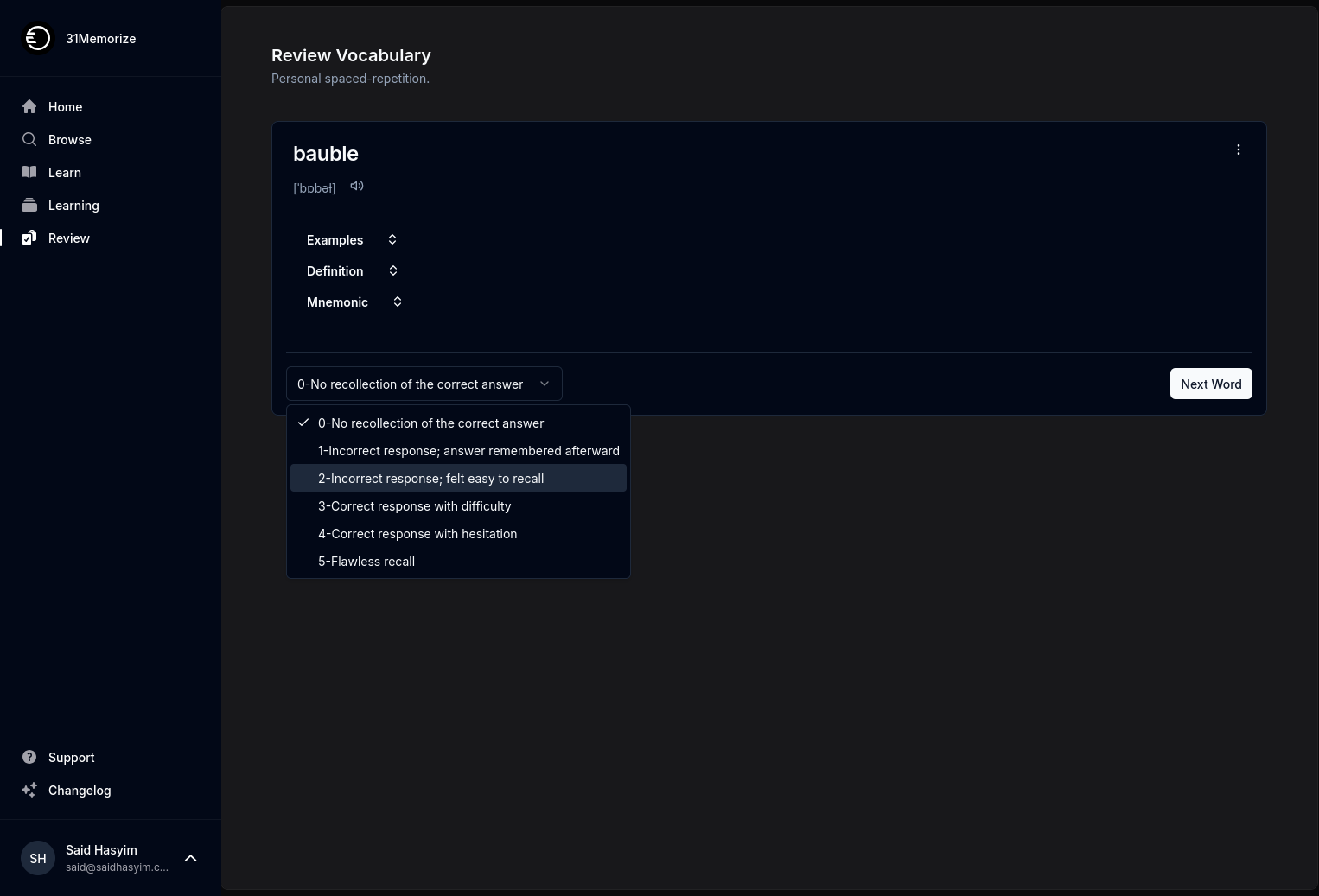Correcting Misconceptions from Negative Reviews
In today’s digital age, online reviews play a prominent role in shaping consumer decisions. With platforms like Yelp, Google Reviews, and Amazon, feedback is just a click away. While negative reviews can provide valuable insights, they can also lead to misconceptions that might skew perceptions unfairly. This blog post aims to address common pitfalls and clarify misconceptions that arise from negative reviews, helping consumers make informed choices.
Understanding the Nature of Reviews
The Spectrum of Experiences
The first thing to remember is that reviews represent a subjective experience. A single person's opinion doesn't encapsulate the entire user base. Each individual may have varying expectations, preferences, and experiences based on their unique circumstances. When evaluating reviews, it's important to consider the broader context.
Selection Bias
When individuals have particularly negative experiences, they are often more motivated to share their thoughts than those who have had satisfactory experiences. This phenomenon creates a selection bias in the review landscape. According to research, people tend to leave reviews when they are either extremely satisfied or extremely dissatisfied, leading to a disproportionate representation of negative experiences.
Misconception 1: One Bad Review Reflects Poor Quality
Reality Check
It’s easy for potential customers to see one or two negative reviews and jump to conclusions about the overall quality of a product or service. However, a single bad review may not tell the full story.
Statistical Significance: If a product has 1,000 positive reviews and only a handful of negatives, those negative comments may not represent the majority experience. It’s essential to look at the overall rating and the quantity of reviews.
Context of Usage: Often, negative reviews arise from misalignment between user expectations and the actual utility of the product. What works for one person may not work for another. It’s crucial to understand why a product didn't meet certain expectations, as it may not be a flaw in the product itself.
Misconception 2: The Customer is Always Right
Reality Check
While the phrase “the customer is always right” is a longstanding adage, it doesn’t always hold true in every scenario.
Informed Choices: Sometimes, customers have unrealistic expectations or a lack of understanding regarding the capabilities of a product. For instance, an individual may leave a negative review for a tech gadget simply because they are unfamiliar with how to use it effectively, not because the product is inherently flawed.
Unfair Comparisons: Users may also unfairly compare products without considering the intended purpose, performance standards, and price bracket. Comparing a budget item to a premium model can lead to dissatisfaction not because of the product’s quality but due to misplaced expectations.
Misconception 3: Negative Reviews Are Always Exaggerated
Reality Check
While some negative reviews may stem from overly dramatic consumer experiences, dismissing all negative feedback as exaggerated can be misleading.
Legitimate Concerns: Many negative reviews highlight legitimate issues that can be valuable for potential customers, such as usability problems, customer service concerns, or product defects. It’s essential not to throw the baby out with the bathwater; instead, consider these critiques as constructive feedback.
Different Realities: Every customer’s situation is different. A product might work flawlessly for one user while causing significant problems for another. Understanding the varied realities of consumers can help in recognizing valid concerns instead of merely dismissing negative reviews.
Misconception 4: Companies Should Always Be Blamed for Negative Experiences
Reality Check
It's easy to place blame on companies when expectations are not met, but it's essential to remember the role of consumer responsibility.
User Error: Often, negative experiences arise from a misunderstanding or misuse of the product. Companies typically provide instructions and support; however, if consumers overlook these resources, issues can arise that are not the fault of the product itself.
External Factors: Sometimes, factors beyond the company's control can lead to negative experiences, including shipping delays, third-party suppliers, or even local service providers. It’s helpful to consider these variables before placing blame solely on the company.
How to Approach Negative Reviews
When faced with negative reviews, here’s how to navigate the landscape effectively:
1. Look for Patterns
Instead of focusing on isolated comments, identify any patterns in the reviews. If multiple reviews mention the same issue, it may warrant deeper scrutiny. Conversely, if only one or two reviewers mention a problem while the majority praise a product, it may be a personal issue rather than a product flaw.
2. Read Responses from Companies
Pay attention to how companies respond to negative reviews. A prompt, respectful, and thoughtful response can indicate a company’s commitment to customer service and quality improvement. This transparency can lend more credibility to the company's overall reputation.
3. Assess Review Credibility
Check reviewer profiles to gauge their credibility. Are they frequent reviewers? Are their comments consistent across different products? This context can help discern whether the review is trustworthy or reactionary.
4. Use a Balanced Approach
Look for both positive and negative reviews to get a comprehensive understanding of a product or service. This balance can help you make a well-informed decision rather than relying solely on negative feedback.
Conclusion
Negative reviews can be useful in highlighting potential issues, but they can also lead to misconceptions. By understanding the nuances behind reviews, consumers can sift through the noise and make informed choices. Acknowledge that each review is a reflection of a singular experience and that the broader picture often tells a different story. Ultimately, it’s about finding the middle ground, where informed chices meet real expectations. Armed with this knowledge, you can dodge the pitfalls of negative reviews and better navigate your purchasing journey.
